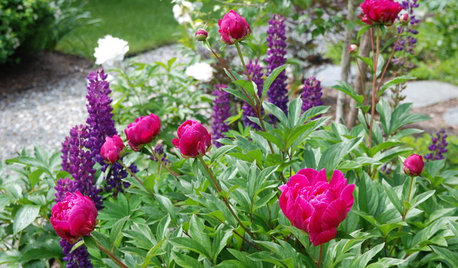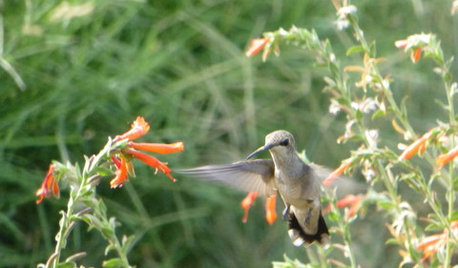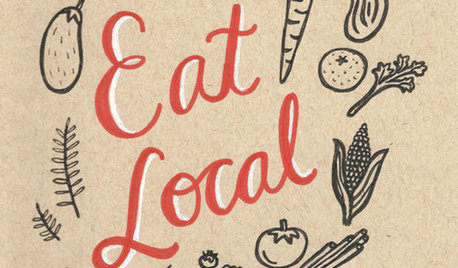Are these Morels?
leafhopper
19 years ago
Related Stories

ARTBring In a View Like You’ve Never Imagined
See how art photographers turn a plain white wall into a magical window with a centuries-old camera technique — and how you could try it too
Full Story
REGIONAL GARDEN GUIDESDelight in Summer’s Garden Glories — Here’s What to Do in June
Wherever you live in the United States, these guides can help you make the most of your summer garden
Full Story
DECORATING GUIDES'Dracula' Silk Wallpapers Prove a Feast for the Eyes
If you've been drinking in the NBC show's sumptuous sets, this scoop on that gorgeous silk wallpaper will hit the spot
Full Story
GARDENING GUIDESSweet Serendipity: Opening to Happy Garden Discoveries
Unplanned nature scenes can be unbelievably beautiful; you just need to know how to look
Full Story
KITCHEN OF THE WEEKKitchen of the Week: New Function, Flow — and Love — in Milwaukee
A traditional kitchen get an improved layout and updated finishes in a remodel that also yields a surprise
Full Story
SPRING GARDENING7 Spectacular and Practical Spring-Flowering Trees
Put on a beauteous show in the garden with a landscape tree awash in flowers — just do your homework first
Full Story
BLUE9 Beautiful Blues for Bathrooms
From soft sky to bold tropical aqua, see why this hue is making waves in bathrooms
Full Story
GARDENING GUIDESDo You Have This Invasive Plant in Your Yard?
Garlic mustard is spreading across the U.S. Here’s how to spot it and what to do
Full Story
PRODUCT PICKSGuest Picks: Everything's Coming Up Vegetables
Get psyched for those healthy 5 servings a day with veggie-inspired kitchenware, art and accessories
Full StorySponsored
Your Custom Bath Designers & Remodelers in Columbus I 10X Best Houzz






paalexan
leafhopperOriginal Author
Related Professionals
Elwood Landscape Architects & Landscape Designers · Lynn Landscape Contractors · Oak Harbor Landscape Contractors · Rockville Landscape Contractors · Saint John Landscape Contractors · Stony Brook Landscape Contractors · Tehachapi Landscape Contractors · Westchester Landscape Contractors · Austin Roofing & Gutters · Kyle Roofing & Gutters · Benton Decks, Patios & Outdoor Enclosures · Fort Collins Decks, Patios & Outdoor Enclosures · Grandview Decks, Patios & Outdoor Enclosures · Pittsburgh Decks, Patios & Outdoor Enclosures · Tomball Decks, Patios & Outdoor EnclosuresShadyGrove5
leafhopperOriginal Author
LeifG
huachuma
leafhopperOriginal Author
paalexan
LeifG
Julie